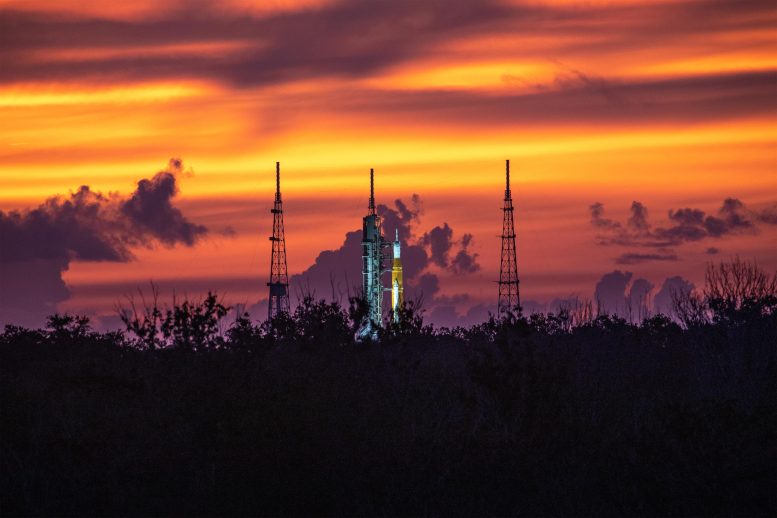
A golden sunrise surrounds NASA’s Space Launch System and Orion spacecraft for Artemis I on the pad at Launch Complex 39B at NASA’s Kennedy Space Center in Florida on August 22, 2022. Credit: NASA/Ben Smegelsky
The Orion spacecraft with integrated European Service Module sits atop the Space Launch System, in this striking photograph taken at sunrise at historic Launchpad 39B at NASA’s Kennedy Space Center in Florida, USA.
The Flight Readiness Review has declared the trio GO for launch, ushering in the dawn of a new era in space exploration.
The first in a series of missions that will return humans to the Moon, including taking the first European, Artemis I is scheduled for launch no earlier than Monday, August 29, at 8:33 a.m. EDT (14:33 CEST).
During a voyage beyond the Moon and back, this mission will put NASA’s Orion spacecraft and ESA’s European Service Module to the test. Since no crew will be on board Orion this time, the spacecraft will be controlled by teams on Earth.
However, the crew module won’t be empty. Two mannequins, named Helga and Zohar, will occupy the passenger seats. Their female-shaped plastic bodies are filled with over 5600 sensors each to measure the radiation load during their trip around the Moon. Shaun the Sheep, the specially trained woolly astronaut, has also been assigned a seat.
The spacecraft will enter lunar orbit using the Moon’s gravity to gain speed and propel itself almost half a million km (280,000 miles) from Earth – farther than any human-rated spacecraft has ever traveled.
The second Artemis mission will see four astronauts travel around the Moon on a flyby voyage around our natural satellite.
Mission duration depends on the launch date and even time. Depending on how many orbits of the Moon mission designers decide to make, it will last between 20 to 40 days.
This flexibility in mission length is necessary to allow the mission to end as intended with a splashdown during daylight hours in the Pacific Ocean, off the coast of California.
Two more dates are available if a launch on August 29 is not possible. The Artemis Moon mission can also be launched on September 2 and September 5. Check all the possible launch options on ESA’s Orion blog.
Orion is the only spacecraft capable of human spaceflight outside Earth orbit and high-speed reentry from the vicinity of the Moon. More than just a crew module, Orion includes the European Service Module (ESM), the powerhouse that fuels and propels Orion.
ESM provides for all astronauts’ basic needs, such as water, oxygen, nitrogen, power, temperature control, and propulsion. Much like a train engine pulls passenger carriages and supplies power, the European Service Module will take the Orion capsule to its destination and back.
Watch launch coverage on Monday, August 29 on ESA Web TV starting at 6:30 a.m. EDT (12:30 CEST) here.



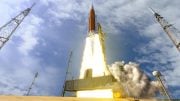

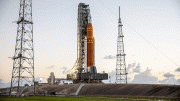
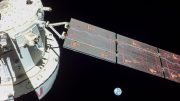
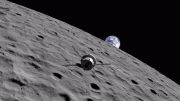
Be the first to comment on "Sunrise for the Moon: Dawn of a New Era in Space Exploration"